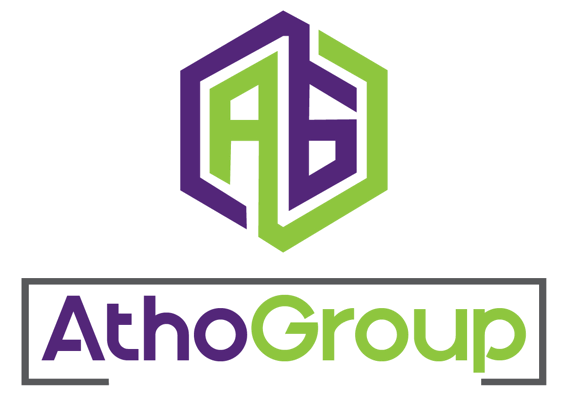Creating a WordPress Page
1. To get started adding a new page to your WordPress site, find the Pages menu in the WordPress Dashboard Navigation menu. Click Add new.
The WordPress page editor looks nearly identical to the post editor, except for a few different boxes located on the right side of the screen.
2. Add the title of the page, like About. Note: If you have pretty permalinks set up, the title of your page will also be the URL slug.
3. Next, add some content.
4. The Publish section of the page editor is exactly the same as for writing posts. When you’re ready to publish, you can either publish immediately, save this or a draft, or schedule the page to be published later.
5. The Page Attributes section applies a parent page and template to your new page. For the Parent section, you can arrange your pages into hierarchies. For example, you could create this new page with additional pages under it. There are no limits to how many levels you can nest pages.
6. Some WordPress themes have custom page templates, so the next Template section allows you to apply a template to your new page.
7. The Order box allows you to order your page numerically. Pages are usually ordered alphabetically, but you can choose your own order by entering a number in this field.
8. Preview the page one last time, then click Publish. You’ve added a new page to your WordPress site.
Adding Items to a Menu
You can add different link types into your menu, these are split between panes left of the menu you’re currently editing.
1. Locate the pane entitled Pages.
2. Within this pane, select the View All link to bring up a list of all the currently published Pages on your site.
3. Select the Pages that you want to add by clicking the checkbox next to each Page’s title.
4. Click the Add to Menu button located at the bottom of this pane to add your selection(s) to the menu that you created in the previous step.
5. Click the Save Menu button once you’ve added all the menu items you want.
Media Library
The instructions from this guide are referring to the WP Admin dashboard. You can get to this dashboard by adding /wp-admin to the end of your site’s url (e.g.: example.wordpress.com/wp-admin)
The Media menu can be used to manage your existing media files, such as images, audio, videos, and documents. You can also upload new files to your Media Library using Media→ Add New.

The default screen for the Media menu is the Media Library. By default, the Media Library will display images in a Grid View.

In Grid View you can sort your media types by Images, Audio, and Video files by selecting the drop down menu at the top that says All Media Types.

If you wish to Delete multiple images, check the check box next to every image, and select the Bulk Actions drop down at the top, and select the option to Delete Permanently.

If you wish to switch the images to display in a List View, select the List view icon on the top left menu bar to change the display mode.

The List View mode will display your images in a list, which is the classic look of the media library.

Just like in Grid View, if you wish to bulk delete your images, simply check each image you wish to delete, and then select the bulk actions drop down menu. Then select delete permanently, and select apply. You can filter your media by date while you are in List view.
As with other dashboard pages, you can use the Screen Options in the upper right to configure which columns are shown in the table.

Upload Space
Under the title Media Library, you can see how much upload space you have used and how much is remaining. If you find that you need additional space, you can get one of our Space Upgrades.

Editing an Image
In Grid View, you can edit an image by moving above a image with your cursor and selecting the image.
In List View, Place the cursor over a file name to see the Edit, Delete Permanently, andView action links appear. Then select the Edit link.

After you select Edit in List View (or select the image in Grid View) the Edit Media page will load, allowing you to change the default Title, Alternate Text, Caption, and Attachment Page Content. Remember to click the Update button after making any changes.

If you click on the Edit Image button on this page, you will be able to perform some basicimage editing functions on the image.

